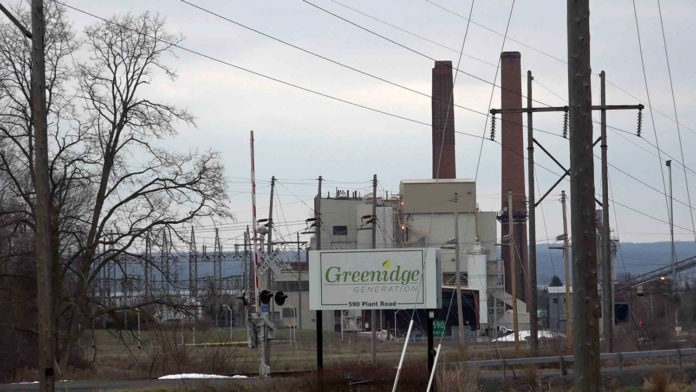Bitcoin mining company Greenidge Generation plans to increase the number of renewable energy sources available for use in New York.
In an announcement on Thursday, the company said it would be investing profits from its carbon-neutral bitcoin mining operation in Upstate New York to expedite the closure of an existing, forty-year-old coal ash landfill in the Finger Lakes region. The company plans to turn the Lockwood Hills site into a solar farm capable of producing up to 5MW of power.
Greenidge CEO Jeff Keert said the project “is making more renewable energy a reality by leveraging bitcoin mining profits to fund the creation of a new solar farm at a landfill site.” The company said it aims to create high-tech jobs for residents and support local businesses with the clean bitcoin mining operation. And now, it will also facilitate the development of renewable energy at this old landfill site.
The new energy source appears to also be used to increase the capacity of the company’s bitcoin plant on Lake Seneca, which plans to allocate 85 MW of gas-fired Bitcoin mining by next year.
In May of this year, Greenidge announced that it was purchasing voluntary carbon offsets from a portfolio of U.S. greenhouse gas reduction projects to create the first fully carbon-neutral bitcoin mining operation of its kind in the United States. At the same time, Greenidge said it was actively exploring investing a portion of its mining profits in renewable energy projects in New York.
The mining company said it operates “100% carbon neutralized” BTC mines and plans to expand operations in South Carolina this year. It aims to achieve at least 500 MW of operational capacity in multiple locations by 2025.
However, critics of Greenidge Generation, including environmental group Seneca Lake Guardian, argued that the mining company’s operations are not as environmentally friendly as they appear, claiming that the company relies on natural gas produced by hydraulic fracturing. Local residents also blamed Greenidge for heating up the largest of the Finger Lakes in upstate New York.
